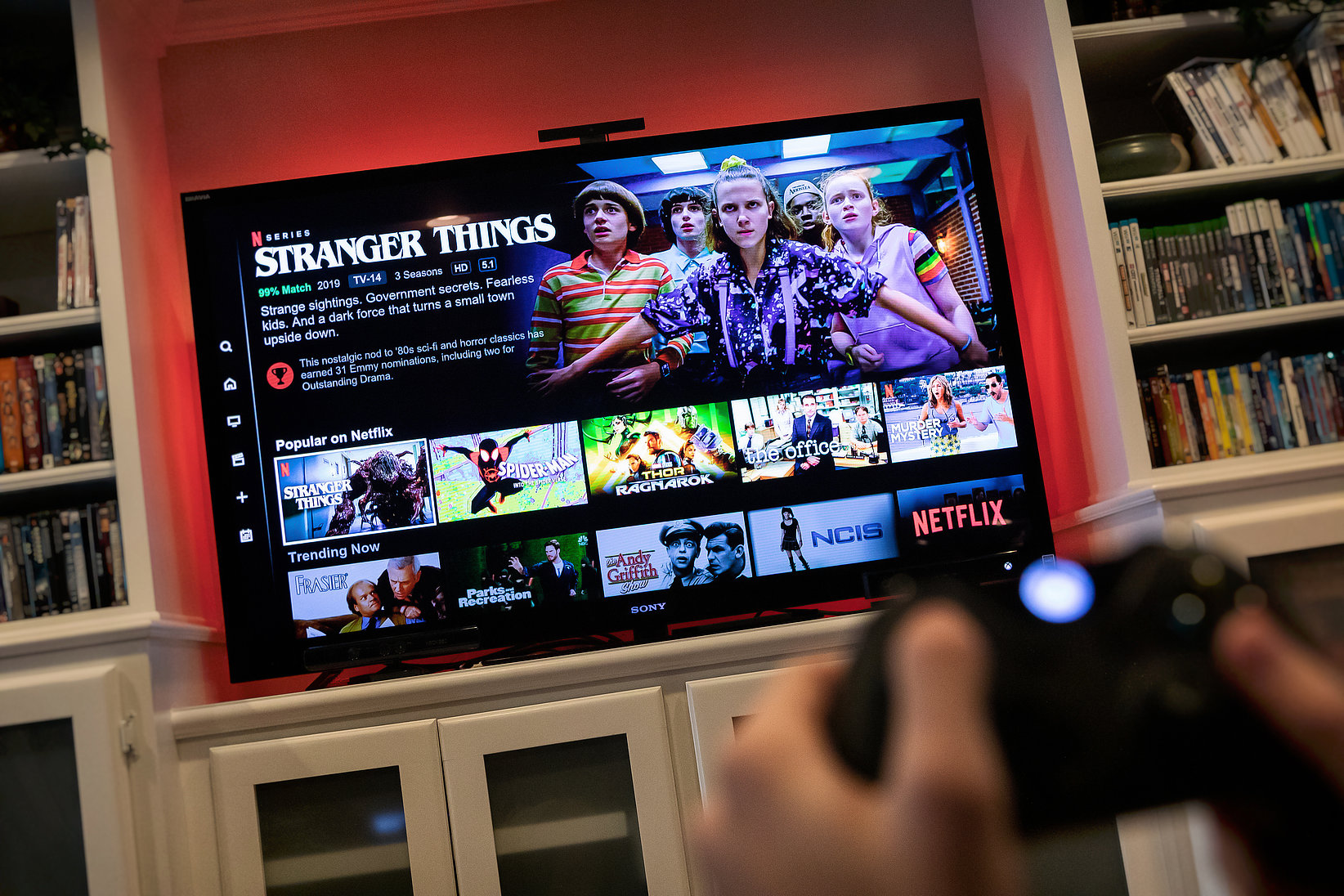
Gen Z, We are Family, Young adults, Families, Children's marketing, Stranger Things
Stranger Things Have Happened

Tag line: 37 years after its initial release,Kate Bush’s ethereal ballad “Running Up That Hill” has shot up global music charts thanks to a feature in the hit Netflix drama “Stranger Things”. Is old the new new when it comes to Gen Z?
Kate Bush’s 1985 single Running Up That Hill made history over the past month as it raced up the charts world wide, topping the UK charts and landing a top ten spot on the Billboard Hot 100. The surge in popularity—37 years after the song was first released—is thanks to its inclusion in the Netflix sci-fi mega hit Stranger Things. In the show, the song is used as a kind of talisman for Sadie Sink, a teenage girl trying to escape a dark underworld “the Upside Down” and get back to her friends. The scene struck a chord with fellow teenagers and older viewers alike and in the weeks since Bush’s cult classic has surged in popularity.
Running Up That Hill is hardly the first resurgent hit. In 2005, Tony Christie’s 1971 “Is this the Way to Amarillo?” landed a #1 spot in the UK thanks to a promotional video with comedian Peter Kay for the charity Comic Relief. In 2009, Rage Against the Machine’s 1992 protest anthem “Killing in the Name” became an unlikely UK Christmas #1 because of a viral Facebook campaign. More recent resurgences include the TikTokification of classics like Fleetwood Mac’s 1977 hit Rumours and Elton John’s Dua Lipa remix.
But Bush’s latest chart topper may signify a turning point in musical trendsetting. Traditional examples of these late-blooming hits were pushed by linear TV programming—either in the form of theme songs like Peaky Blinders’ “Red Right Hand” by Nick Cave and the Bad Seeds, or as singles from reality shows like Britain’s Got Talent. But “Running Up That Hill”’s runaway (excuse the pun) success is thanks to the growing power of on demand streaming platforms and their ability to create important pop culture moments. Stranger Things is a huge hit by any standard. Season four of the series is Netflix’s most-watched English-language show, amassing 781.04 million hours of viewing time in its first two and a half weeks and breaking the ‘most watched’ record set by Bridgerton season 2 just months earlier.
Running up that Hill might well be an outlier in terms of the enormity of its success, but Stranger Things has already created another top 40 hit: fan-favourite character Eddie Munson shredded along to Metallica’s 1986 Master of Puppets in the series finale and it’s currently climbing the charts. This growing phenomenon is called “creative synchronisation” or “syncs”—an old song is used in new media (think movie trailers, adverts, video games) priming it for rediscovery by a new generation.
All of this lines up with what we are seeing in our research at We Are Family. Most of Gen Z is not watching live or linear TV, but according to our recent research into Gen Z’s media consumption habits, 77 per cent of Brits between the ages of 16-24 years old regularly watch Netflix and 74 per cent stream content on TikTok—where Bush’s song has been used in 2.4 million videos, and is another place older music has been making surprise comebacks. As Keith Jopling argued earlier this month in Midia, music consumption increasingly has no timestamp. In the age of streaming/TikTok music consumers don’t care when the music was made or released. From a marketing perspective, this is exciting. Fast moving formatting and democratised viewing opportunities encourages more creativity and invention than with a traditional media roll out. In the meantime, we’ll just have to wait and see what cult classic is the next in line for a TikTok reboot or as a unicorn chart topper.

